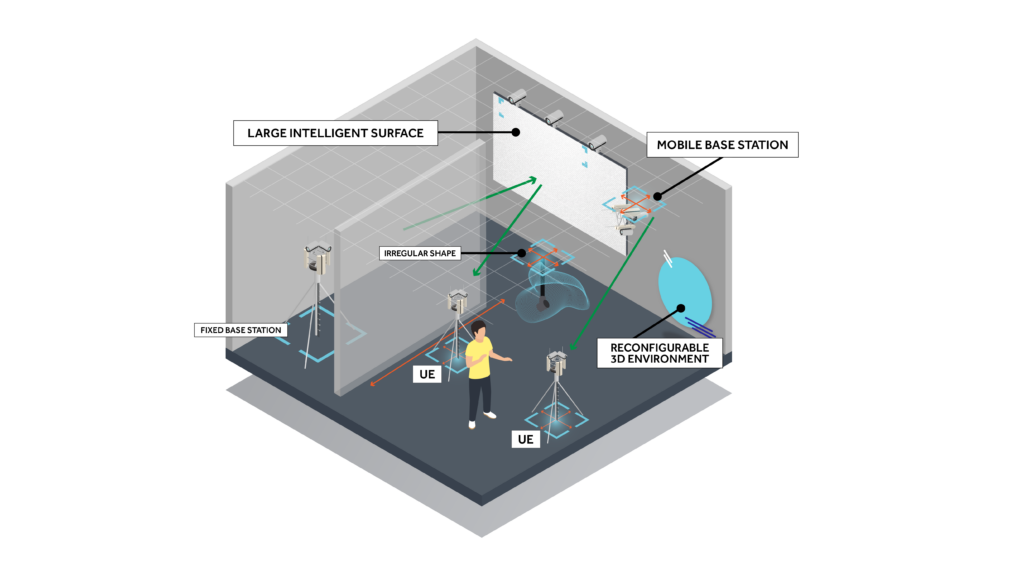About
Telecommunications and computer vision have evolved as separate scientific areas. This is envisioned to change with the advent of wireless communications with radios characterised by line-of-sight ranges which could benefit from visual data to predict the wireless channel dynamics. Computer vision applications will also become more robust if helped by radio-based imaging.
This new joint research field relies on wireless communications, computer vision, sensing and machine learning, and it has a high innovation potential because of the large domain of innovative applications it enables and the relevant know-how available in Europe. However, the full potential of this new area can only be evaluated if adequate Research Infrastructures (RI) and tools are available.
The main objective of the CONVERGE project is the development of an innovative toolset aligned with the motto “view-tocommunicate and communicate-to-view”. This toolset is a world-first and consists of vision-aided large intelligent surfaces, visionaided fixed and mobile base stations, a vision-radio simulator and 3D environment modeler, and machine learning algorithms for multimodal data including radio signals, video streams, RF sensing, and traffic traces. This toolset will be deployed into 7 RIs mostly aligned with the ESFRI SLICES-RI and improve their competitiveness.
CONVERGE will also provide the scientific community with open datasets of experimental and simulated data obtained with the toolset in the RIs, meet scientific and industrial requirements by addressing relevant 6G verticals, enhance the competitiveness of the involved companies, extend the European influence to world-wide recognised RIs, enable the creation of new RIs, contribute to the development of new environment-friendly tools, and help European Union to address its societal challenges.

